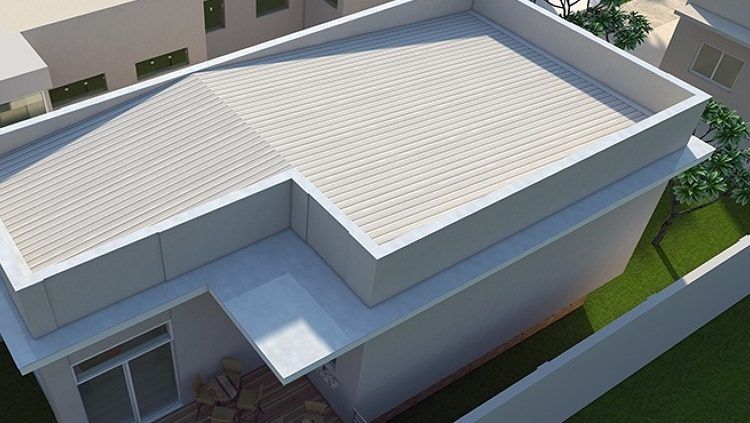Cost Analysis of 3D Printing Metals vs Conventional Methods
3D printing metals, also known as metal additive manufacturing, is transforming the landscape of modern manufacturing by enabling the creation of complex, high-precision metal parts layer by layer. Unlike traditional subtractive manufacturing methods that remove material from a solid block, metal 3D printing builds parts directly from digital designs, offering unprecedented design freedom and efficiency.
The technology uses powdered metal materials such as stainless steel, titanium, aluminum, cobalt-chrome alloys, and more. These powders are selectively melted or fused using high-energy sources like lasers or electron beams. Popular methods include Selective Laser Melting (SLM), Direct Metal Laser Sintering (DMLS), and Electron Beam Melting (EBM).
One of the key advantages of 3D printing metals is its ability to produce complex geometries that are difficult or impossible with conventional manufacturing. This includes intricate internal channels, lattice structures, and lightweight components without compromising strength. Such designs are highly sought after in aerospace, automotive, medical implants, and tooling industries.
3D printing metals also reduce material waste significantly since only the material needed is used in the part, unlike traditional machining that generates large amounts of scrap. This makes it an environmentally friendly option. Additionally, it shortens the product development cycle by enabling rapid prototyping and customization, allowing manufacturers to quickly iterate designs and bring products to market faster.
The mechanical properties of metal 3D printed parts have improved steadily, reaching or even surpassing those of conventionally manufactured parts. Post-processing treatments such as heat treatment, machining, or surface finishing are often applied to enhance strength, durability, and surface quality.
However, challenges remain. The technology requires significant capital investment, and the printing process can be slow compared to mass production techniques. Quality control and consistency across batches are critical concerns that are being addressed through advanced monitoring and process optimization.
Despite these challenges, the adoption of metal 3D printing continues to grow rapidly as industries recognize its potential to innovate design, reduce costs, and improve supply chain flexibility. From bespoke aerospace components to custom medical implants and lightweight automotive parts, 3D printing metals are enabling a new era of manufacturing possibilities.





